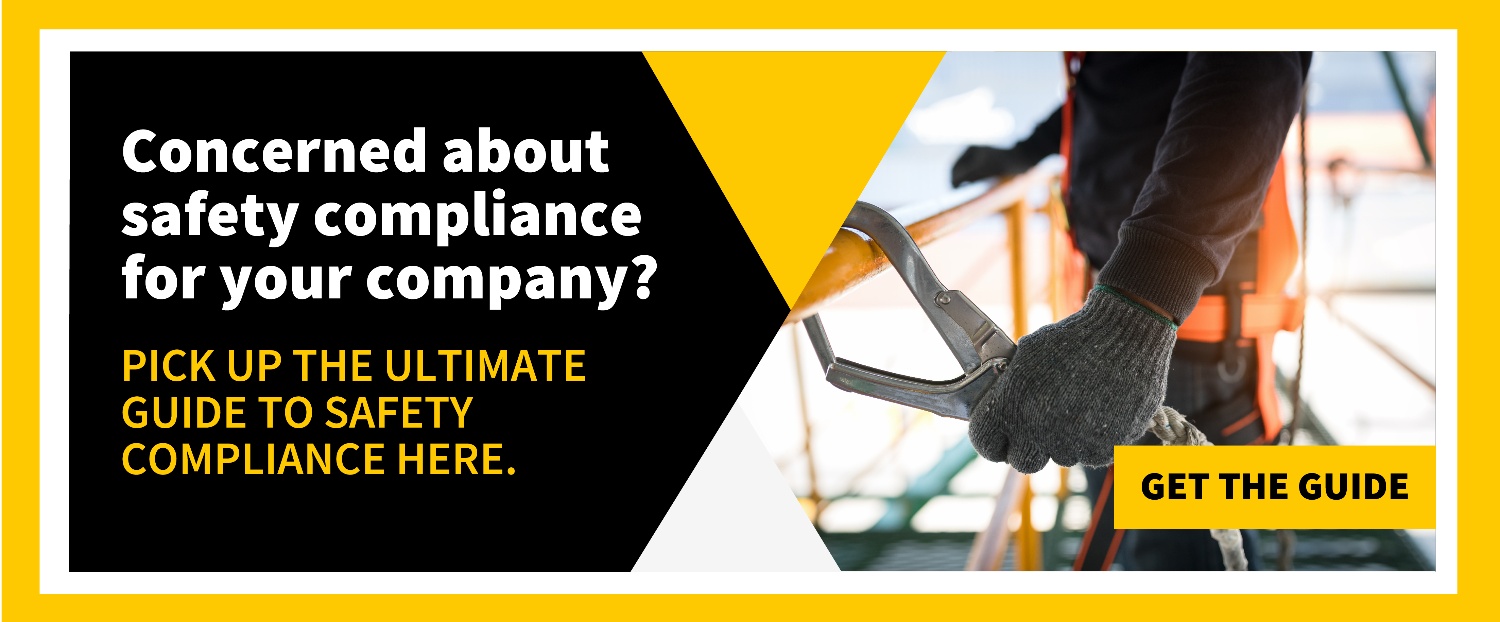The construction industry remains one of the most dangerous industries to work in, despite increasing numbers of regulations designed to reduce injuries. However, having a set of governing rules is not the same as applying them.
Implementing a safety management system (SMS) is proven to reduce the incidence of accidents and near misses. With today’s safety management tools, you can develop a comprehensive and accessible system to mitigate the risks on the construction site.
what is a safety management system?
At its core, a construction safety management system is a way of systematically identifying hazards and managing risks on a jobsite. Instead of a backward-looking process of reacting to incidents, safety management systems are proactive and seek to prevent accidents. Besides saving lives, these systems also:
- Improve employee morale
- Improve company reputation, attracting more skilled workers
- Reduce overall employer costs from lost time, wages, investigations and fines
Despite developing health and safety regulations over the last 100 years, most construction industry SMS innovations have happened over the past 15 to 20 years. Within the last few decades, awareness and cost-savings have changed safety management from a collection of binders on a site-trailer shelf to adaptable, scalable and dynamic solutions.
safety management system for construction
According to the Journal of Industrial Health, a company that does not apply their safety management system risks a cycle of unsafe work until a serious accident takes place. Implementing the safety management system breaks this cycle while reducing accidents and injuries.
AMSSs an actionable system, it is always in motion, developing an ongoing culture of safety. A good SMS works on the plan-do-check-act (PDCA) method:
- Plan. Allocate the resources required for each stage of the process (hazard identification, risk management, monitoring and improvement) and compile the elements needed to complete each phase, beginning at the highes policy and management levels.
- Do. Apply the policies and procedures company wide, including worker safety education and training.
- Check. Measure the effects of implementation against stated goals and metrics.
- Act. Discover problems or deficiencies during checks to renew the cycle as the issue is returned to the planning stage.
The ongoing cycle ensures continuous improvements, leading to a strong safety culture of shared knowledge and understanding. To make this knowledge accessible across the company and reduce associated paperwork, safety management software offers digital solutions.
Depending on the software you choose, there may be varying features available. However, no matter which SMS you choose, it must cover these 4 pivotal pillars of safety:
Safety Policy
A strong safety policy statement issued by senior management develops a strong safety culture and increases company-wide support. Besides outlining management’s commitment and responsibility to safety, this policy pillar includes a clear outline of the responsibilities for each level of employee.
Risk Management
Comprehensive hazard identification, risk assessment and mitigation tools are available, with room for measurement, change and adaptation. It should include planning tools for situations requiring reactive or proactive measures, as well as predictive safety management.
Safety Assurance
Benchmarking internal safety monitoring and assessment against goals should account for industry, company or regulatory changes and innovations. As these changes occur, processes should be available to analyze potential risks. The SMS should have tools for actively monitoring safety metrics for quick analysis and continuous improvement.
Safety Promotion
Training and safety education are vital to each level of the organization. Personal and group responsibility for safety, as well as compliance with the established SMS criteria, include working safely, reporting hazards, open communication and continuous improvement.
Related Content: Average Cost of Workplace Injuries
Investing in an SMS based on the four pillars using the PCDA method will create a strong safety management system of continuous improvement. When the system you choose allows you to build on progress through incremental steps and ongoing feedback, it allows for better decision making and allocation of resources and a safer, healthier workplace.
Monthly Safety Management Services can also enable you to stay on top of recent safety changes and specific requirements. Talk to us today and to find out more about the right SMS for your business, read our Safety Management Systems - Services, get the guide below and contact us for support.


















